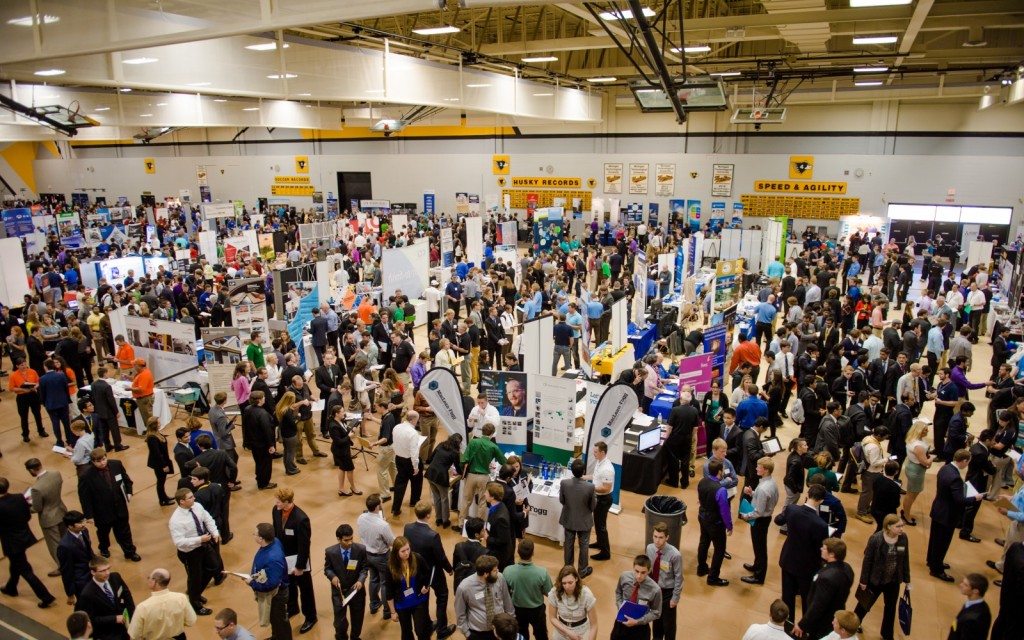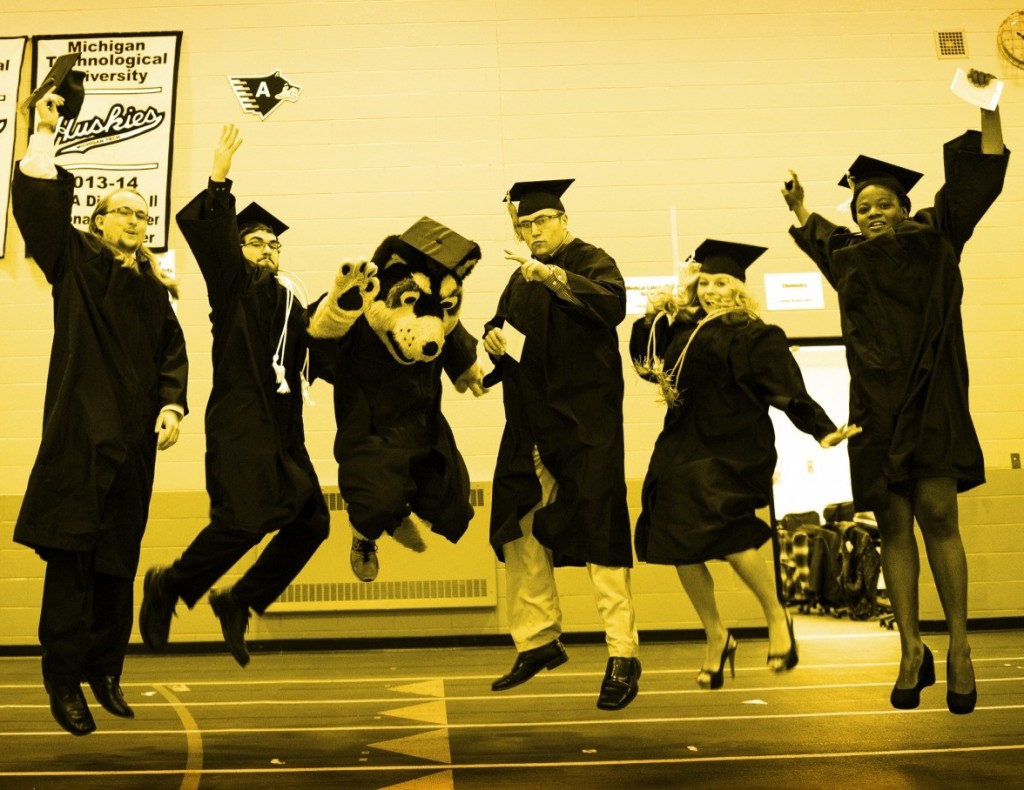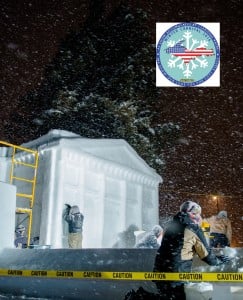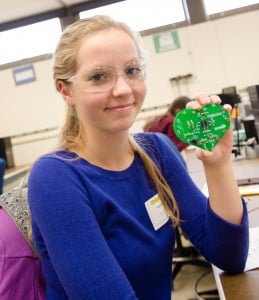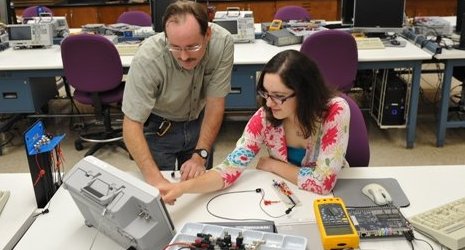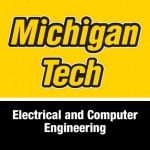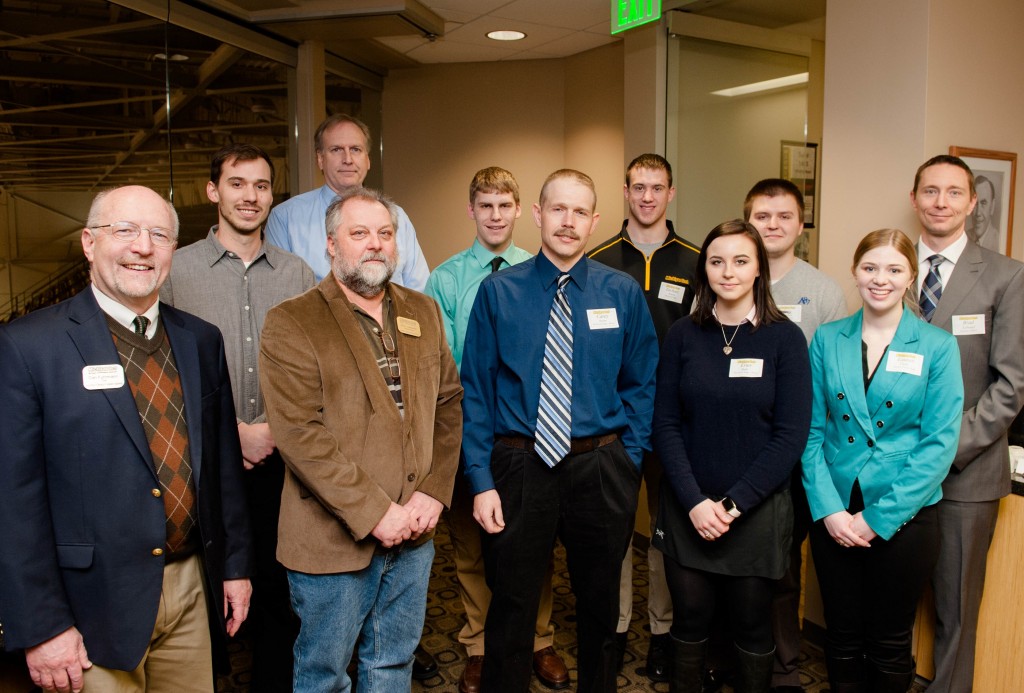
This week Michigan Tech made an announcement of a gift from ECE alumnus David Brule, Sr., in support of scholarships in the ECE Department. You can read all about it on the university daily news source “Tech Today“.
Dave Brule is a very good friend of Michigan Tech and of the ECE Department. He has supported a number of initiatives at the university, and while this is not done secretly or anonymously, to my knowledge none of the activities or facilities he has supported carry his name. For example, he was a major contributor to the Dennis Wiitanen Endowed Professorship in Electric Power Engineering, named in honor of a long-time and much-loved faculty member in the ECE Department. He recently funded the renovation of a plaza outside the library, named in honor of retired facilities manager John Rovano.
There are several reasons this is good news for the ECE Department. The first is of course the financial support that it provides for some of our most promising students. Beyond that, however, it serves as a good recruiting tool for the ECE Department, and it raises our visibility as a Department with a long history of excellence in undergraduate education in electrical power transmission and distribution. This is an area where there are significant workforce needs, now and anticipated in the near future. Indeed this is part of Dave’s motivation: to get more students interested in the utility power industry in general, and for Systems Control in particular. In order to attract students into the field, the ECE Department and its partners and friends need to do everything possible to raise awareness of the career opportunities, and to train students to be ready for those opportunities. Finally, I have to commend Dave for really raising the bar in terms of the philanthropic response to this workforce need. A lot of recruiters talk to me about tapping into our ECE talent pipeline, which is gratifying of course and along with Career Services I do everything I can to help them. Now we have a first-rate example of what it really takes to get the attention of students in today’s job market, and it is much more than anything I could ever do by myself.
Michigan Tech is very grateful to all its alumni, friends, and other donors for their philanthropic support of the university mission. It means the world to us. I encourage anyone with a possible interest in doing the same to get in touch – I’d love to talk to you.
– Dan
Daniel R. Fuhrmann
Dave House Professor and Chair
Department of Electrical and Computer Engineering
Michigan Technological University
